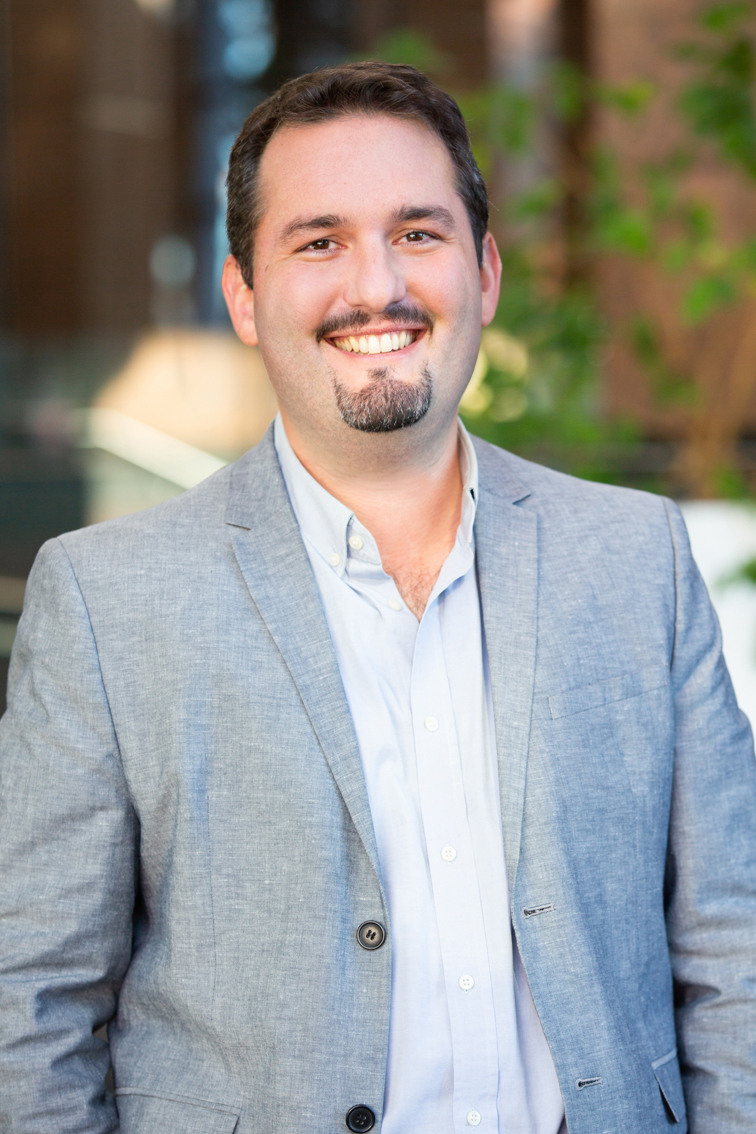Article updated 21 November 2022 to reflect Pau’s promotion from Commercialisation Manager to Director, among other details.
Kaimahi
Staff Profile
Meet Dr Pau Medrano, UniServices Commercialisation Director
25 January 2021
Learn about how Pau works with researchers, industry and investment partners to support bringing ideas to life.
What does your role as Commercialisation Director involve?
Our commercialisation team at UniServices engages with academics and students across the University to identify investable opportunities. Sometimes we identify these ourselves from attending events or side conversations, but mostly these come to us through our idea disclosure pipeline or the commercialisation workshops we run throughout the year.
After an initial triage where we assess, among other dimensions, the novelty, application, protectability of the IP (we have five in-house patent attorneys), market potential, etc., we help the team behind the project take their idea to market by connecting with the right partners, early adopters and investors.
Through the University of Auckland Inventors’ Fund, we are often the first investor into a new venture. We can also invest in developments prior to a company being formed. This is unique in the start-up ecosystem because there are very few investors who are willing to risk their money at such an early stage with no proven product or commercial validation. We then manage our investments like any other Fund; our investment focus is on ideas and ventures that have the possibility of significant financial returns.
What led you to this line of work and to UniServices?

After years in academia (biomedical engineering) and international business development, I have developed a passion for helping translate solid science into the ‘outer’ world. Universities produce a wealth of innovative ideas that unfortunately don’t always see the light of day.
Our job is to keep abreast of the industry needs and trends, and connect these to the University’s research capabilities and technologies, which in turn are supported by government. This is what is known as the triple-helix model (if one adds society and environment, it would be the ‘five-helix’ model).
“Our job is to keep abreast of the industry needs and trends, and connect these to the University’s research capabilities and technologies, which in turn are supported by government.”
Pau Medrano
Ensuring these helix actors are aligned means that the University can fulfil its role in creating impact for the benefit of New Zealand and beyond, and researchers have the opportunity not only to profit from their business ideas but also to realise some of their innovations in the marketplace.
What does a typical work week look like for you?
I’d say that a typical week is split 50:50 into internal (across the whole University) and external engagement. We constantly receive and screen ideas, and support our researchers in identifying potential industry value.
We also monitor our investments by engaging frequently with our founders, and our network of co-investors. In addition, we help prepare teams for their ‘pitch’ presentations to the Return On Science investment committees.
Communication is key in our job, so we spend considerable time translating messages between academics and industry/investors.
Lastly, attending industry, investment, and technical events globally, as well as internal workshops, is important for keeping current in both worlds. I have a particular interest in medical technologies. New Zealand has a great future ahead in this area, and we’ve already seen many examples of success in these domains (e.g. Orbis Diagnostics and Alimetry).
What do you enjoy most about your work?
I am lucky to lead a very talented and smart team of commercialisation/investment managers that works together in helping our researchers crystalise their ambitions. Aligning the drivers of our researchers and those of the market is a rare occurrence but when it does happen, it’s exhilarating!
If you could give one piece of advice to University researchers what would it be?
I would encourage people to engage outside of their comfort groups and zones. While this might be unnatural for some, it always pays off! Let your curiosity drive you and don’t be afraid of making mistakes, at the very least, you’ll learn something.
I don’t think many researchers realise that most people working in industry are also curious about what’s going on at University and will happily have an open conversation about their needs and wants (even better when there is a non-disclosure agreement in place – contact us if you need one). With so many different channels to engage today (e.g. LinkedIn) it’s easier to find one that suits your style. And if the conversation gets serious, come to UniServices!
“I would encourage people to engage outside of their comfort groups and zones. While this might be unnatural for some, it always pays off! Let your curiosity drive you and don’t be afraid of making mistakes, at the very least, you’ll learn something.”
Pau Medrano
Do you have a favourite quote?
One of my favourites, which keeps proving useful time and time again, is by Jim Barksdale, former CEO of Netscape:
“If we have data, let’s look at data. If all we have are opinions, let’s go with mine.”
This takes me back to my work as a scientist, where everything must be proven with experimental data; but is just as valid in investment, where business proposals can be easily benchmarked with platforms such as Pitchbook.
I think the word ‘opinion’ here encapsulates tacit knowledge and expertise in a particular field, which is why I am always avid to learn more, and consult with my peers.